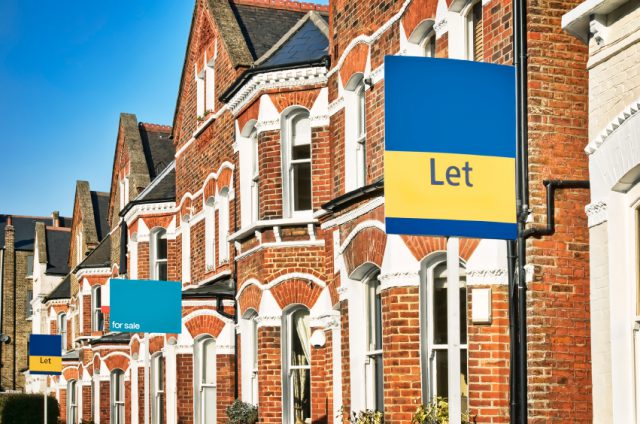Is the buy-to-let market as resilient as it appears?
A recent report from HMRC indicated that one in four properties were sold to investors during the third quarter of 2016. Despite this data not alluding to any kind of buy-to-let issues, perhaps the housing market is not is resilient as it appears on the surface?
Investment
What is not immediately common knowledge is that many of the properties sold in the last quarter to investors were completions of off plan deals. As such, these investors were already interested in buying the property, which were released onto the market following the completion of building work. It is possible that these sales were agreed before the referendum.
Of course, the figures for the next quarter could also include off-plan sales, with housebuilders offering new build properties to potential buyers months or years before completion. With this in mind, perhaps the real impact of the stamp duty reforms and the Brexit decision will not be felt until 2017.

Is the buy-to-let market as resilient as it appears?
Marc von Grundherr, Lettings Director at Benham & Reeves Residential Lettings, notes: ‘These figures bely the true state of the housing market. Having recently returned from a series of property investment seminars in the Far East, I can tell you that investor confidence has fallen off a cliff. No one is buying central London property right now and the only ones who would even consider it are vulture funds and investors aiming to pick up bargains when Sterling plummets in value again, which it invariably will once Article 50 is triggered. UK investors have also stayed away now that changes to mortgage relief and the wear and tear allowance have made buy to let far less profitable.’[1]
[1] http://www.propertyreporter.co.uk/landlords/are-positive-figures-in-the-housing-market-disguising-the-btl-famine.html



